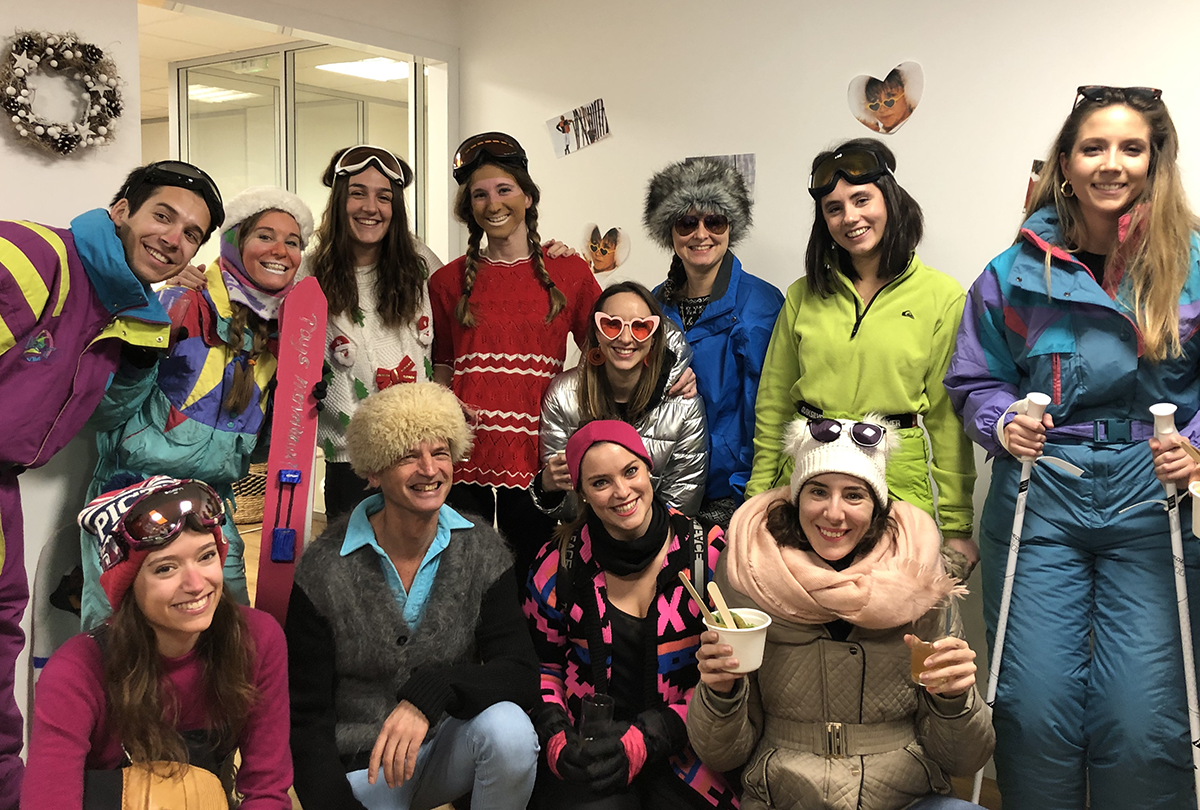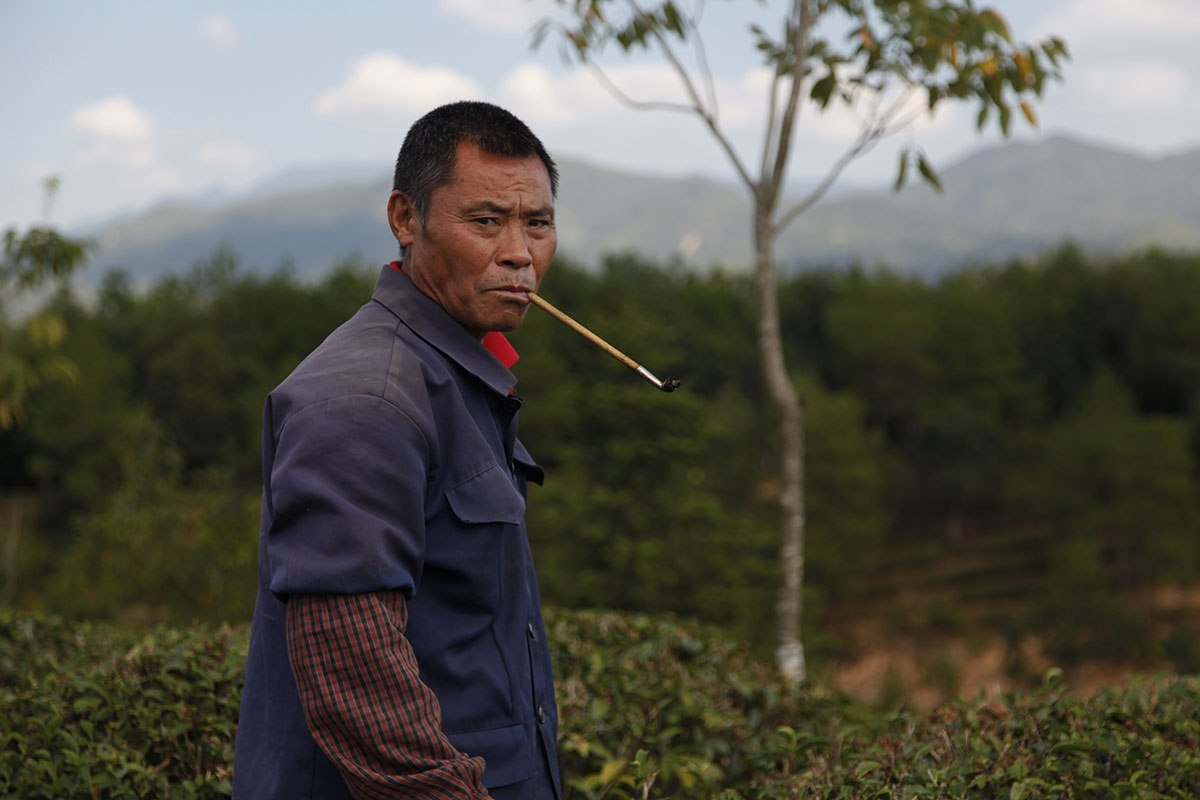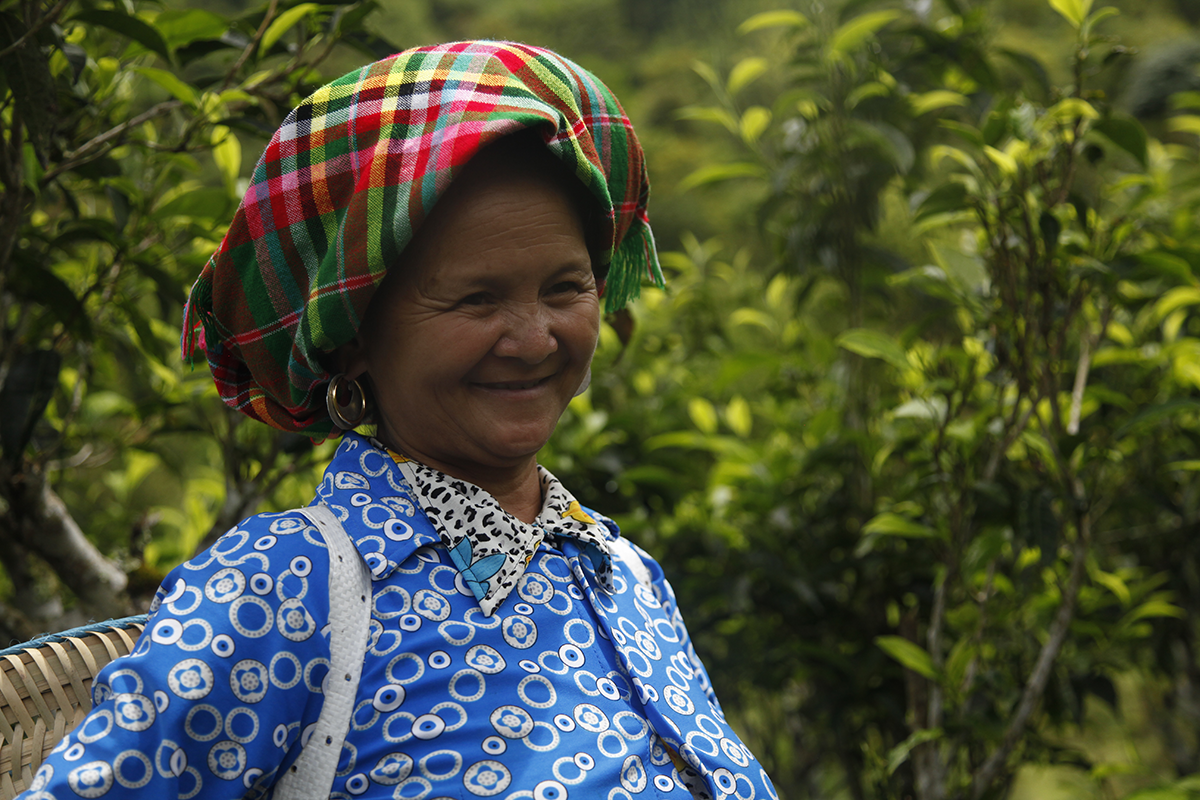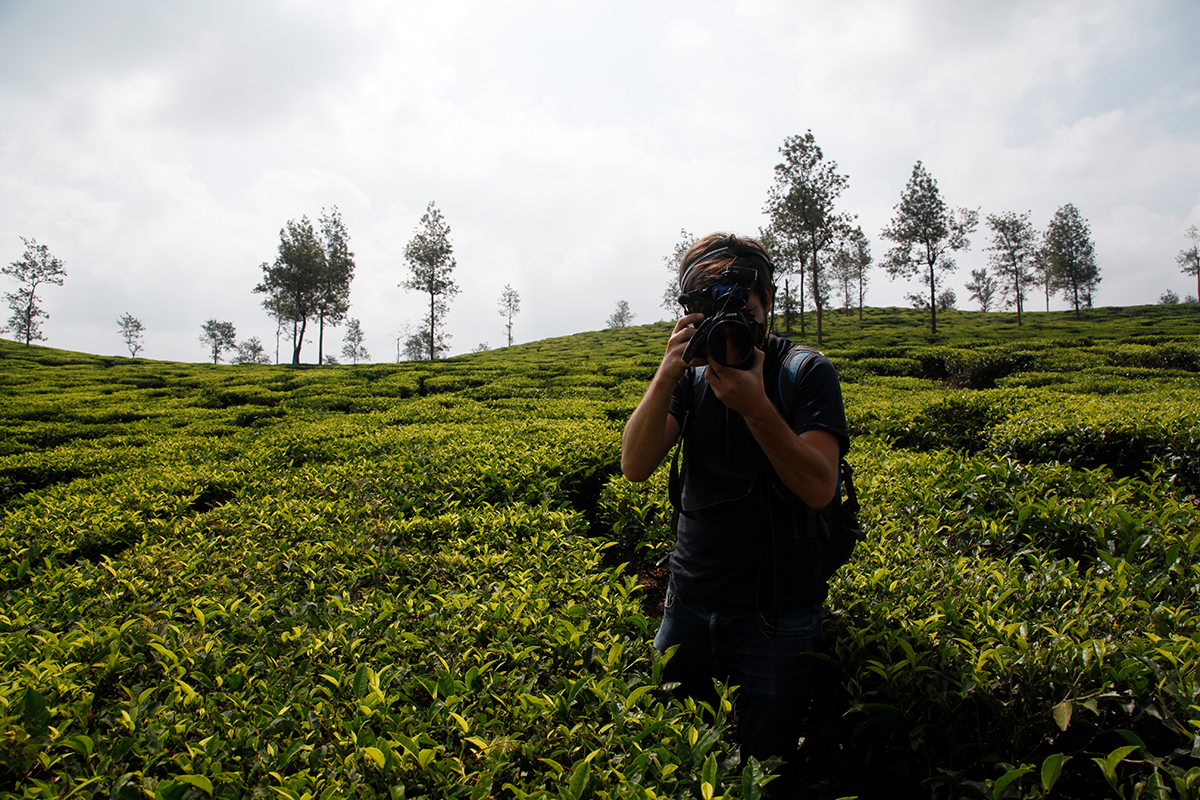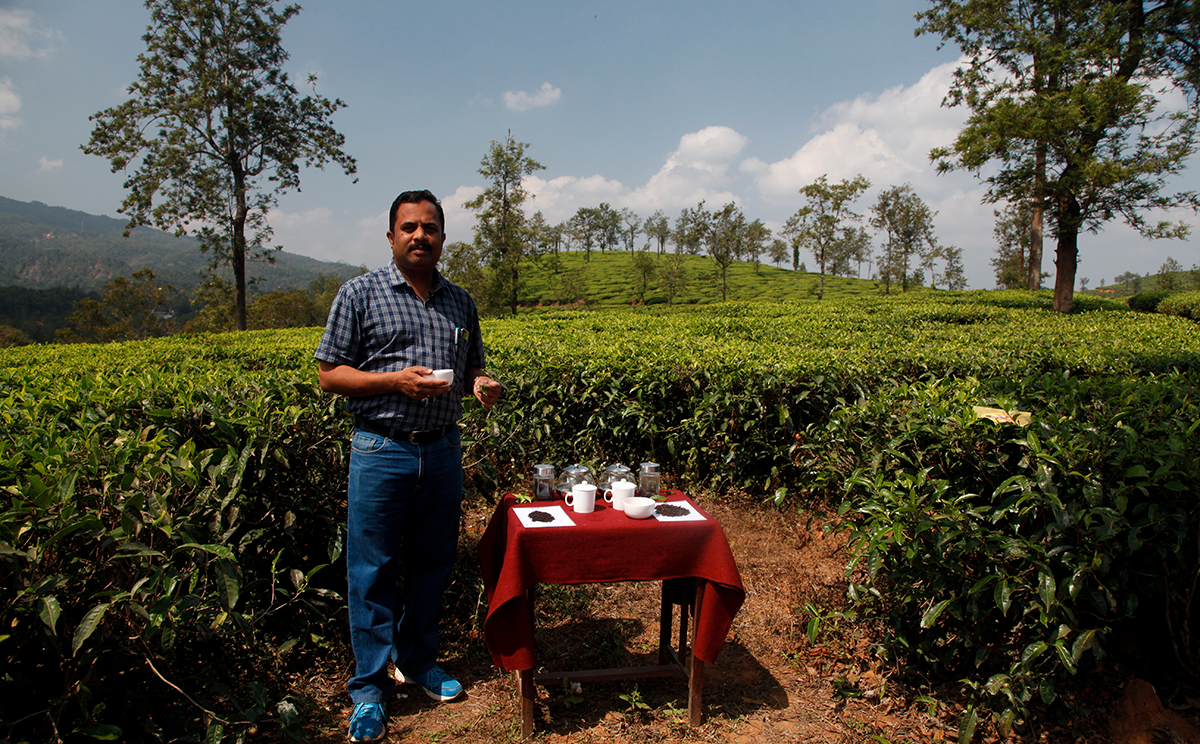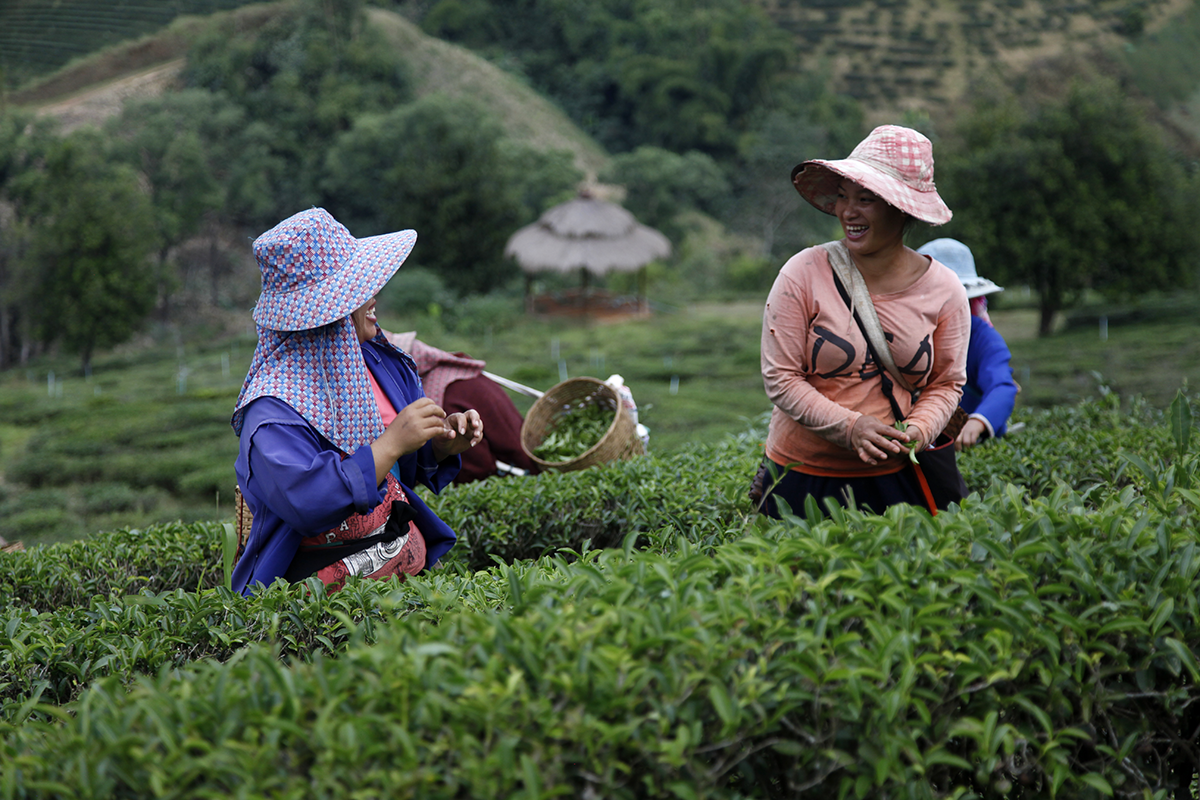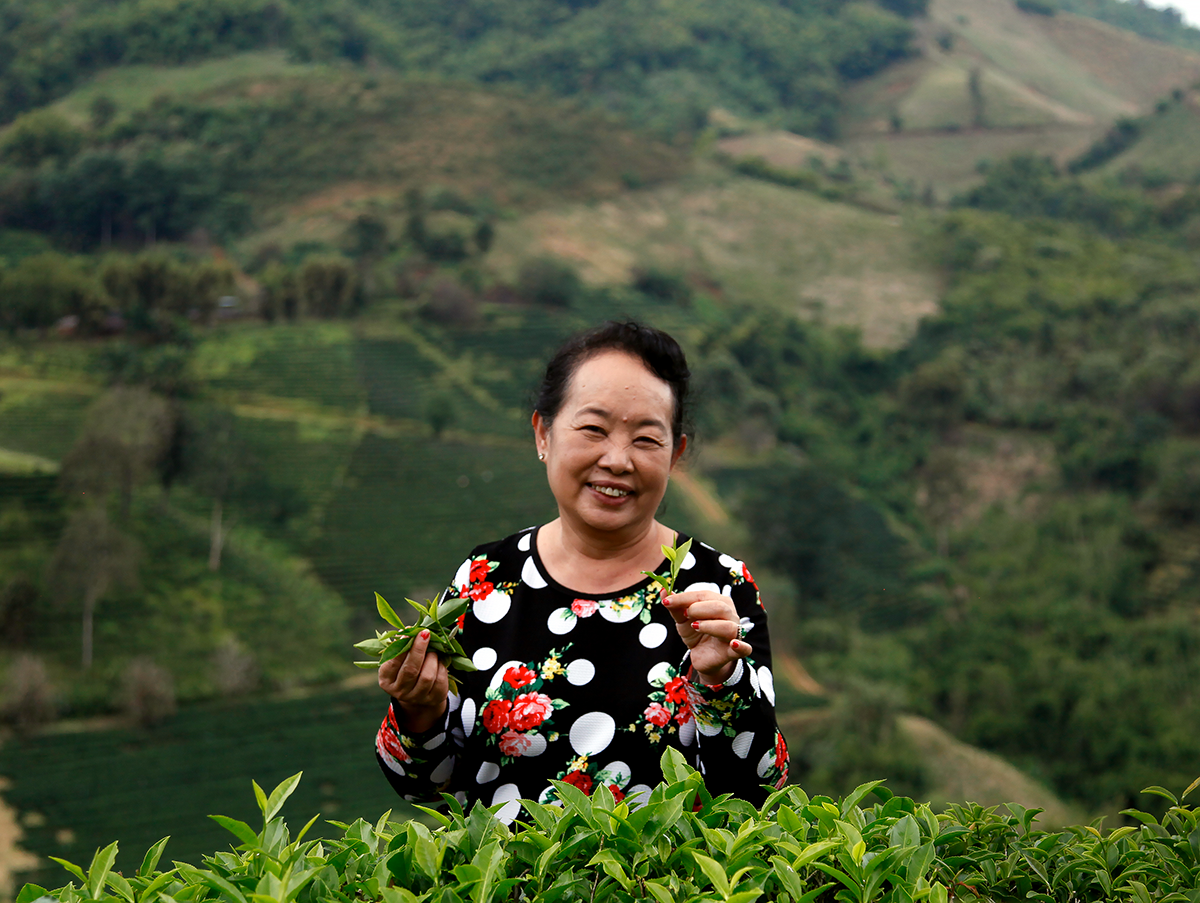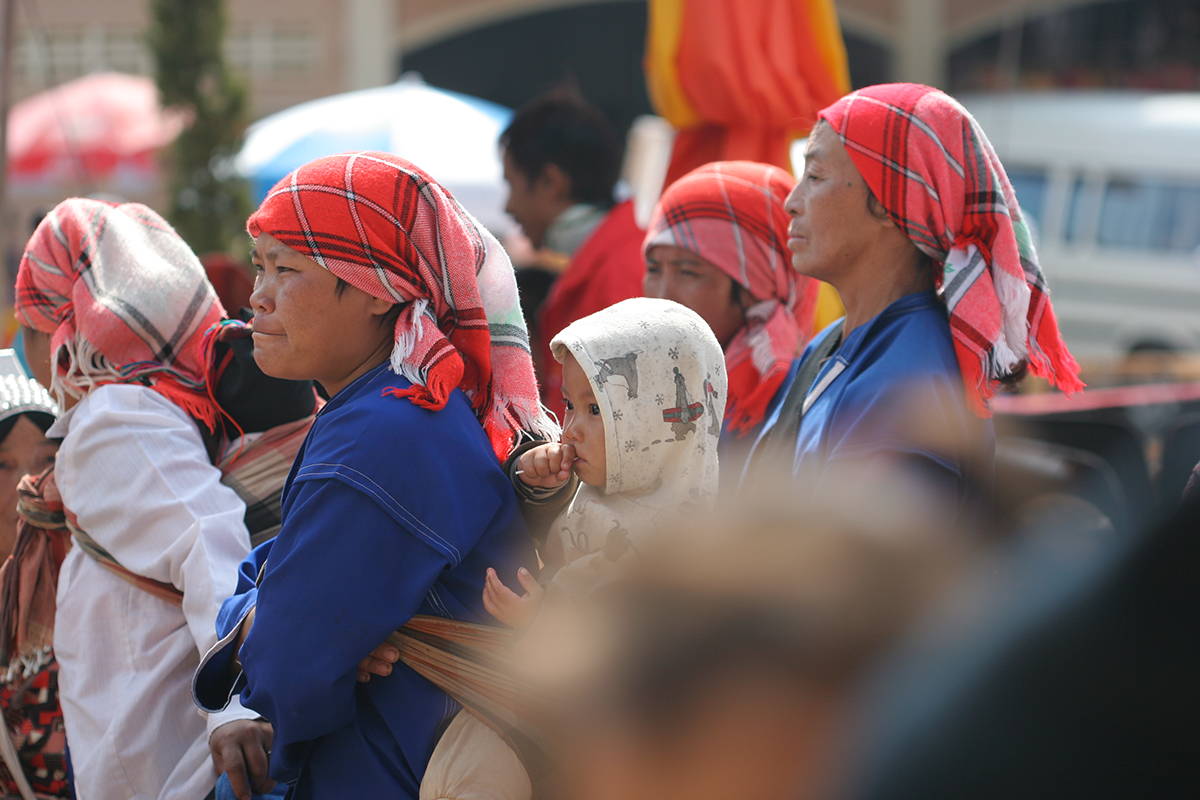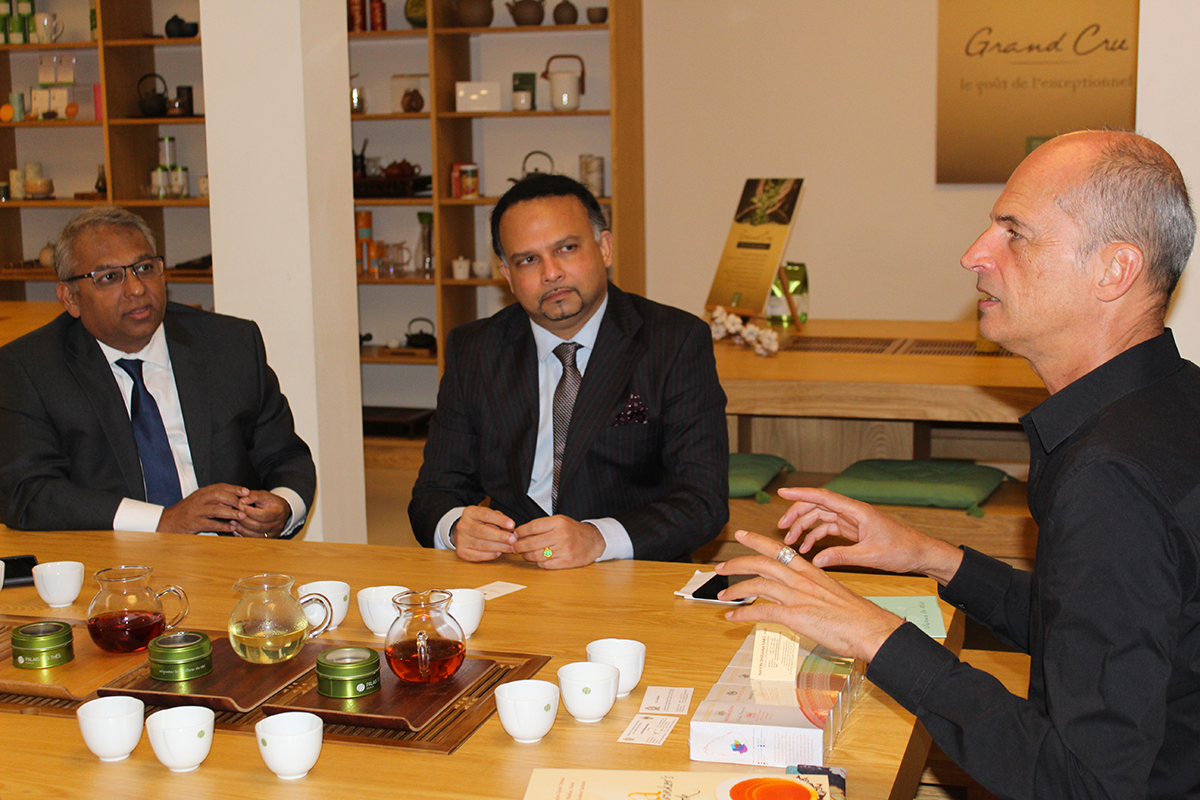The photo I’m sharing with you today may come as a surprise. After all, you’re used to seeing the faces of tea pluckers, planters, farmers, people from diverse ethnic backgrounds in colorful traditional garb, and passers-by encountered at the summits of various mountains.
But back in Paris, there are also teams working to bring the superb teas we discover safely to their destination—that is, to you! It wouldn’t be fair to talk only about faraway people without also showing you who’s hard at work in Paris. A few days ago, the team decided that we should wear costumes for Christmas. Surrounding me, from left to right and top to bottom, let me present Clément, Charlotte, Lucille, Laura, Anaïs, Chloé, Eléa, Céline, Juliette, Laurie, and Sonia. I wish each and every one of you a very happy holiday!

